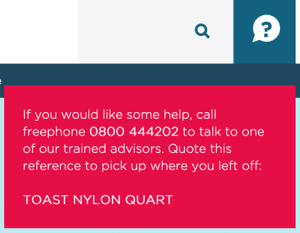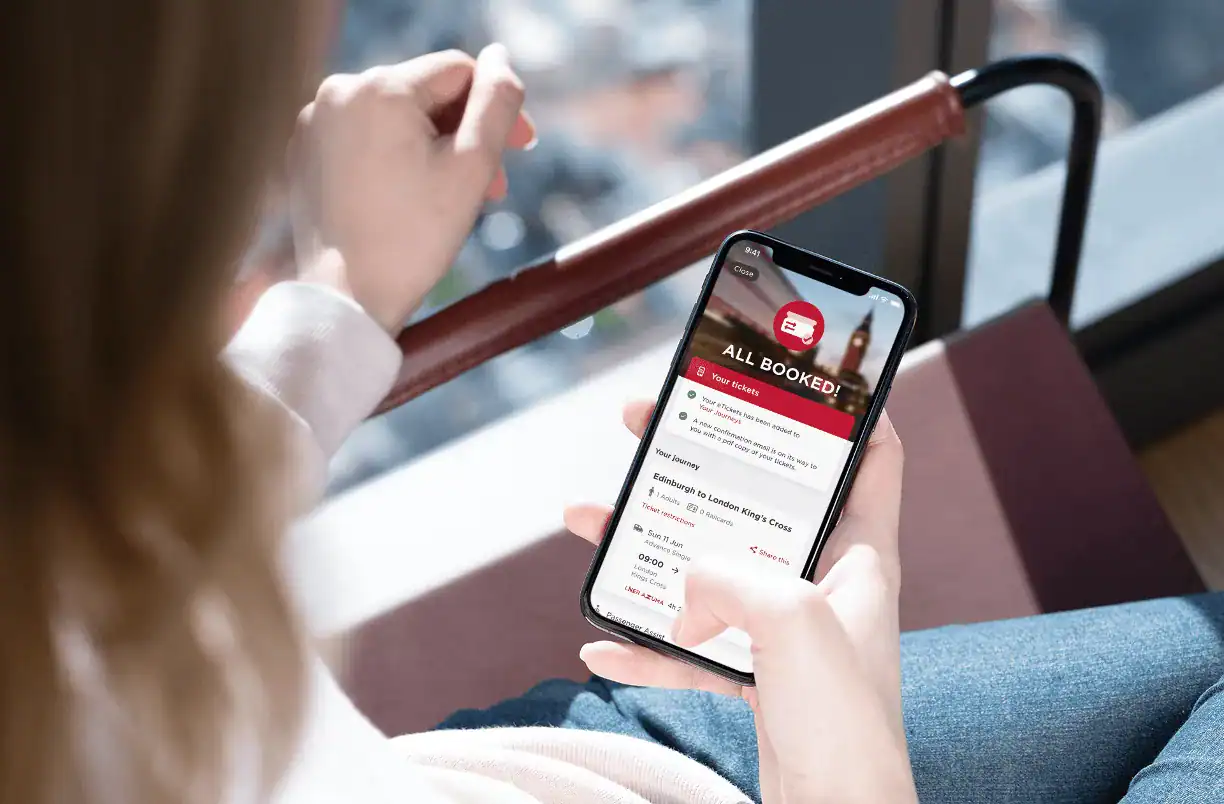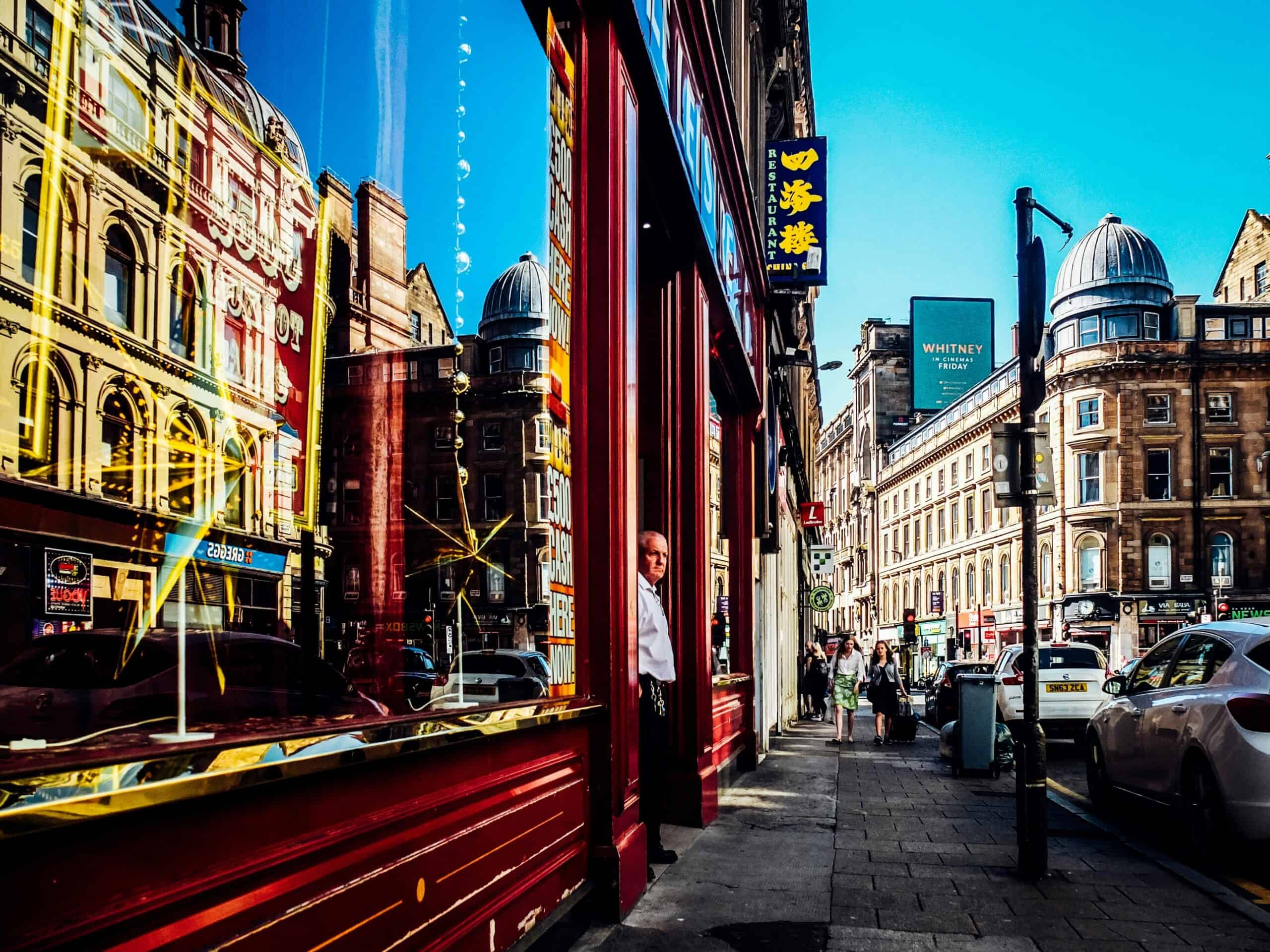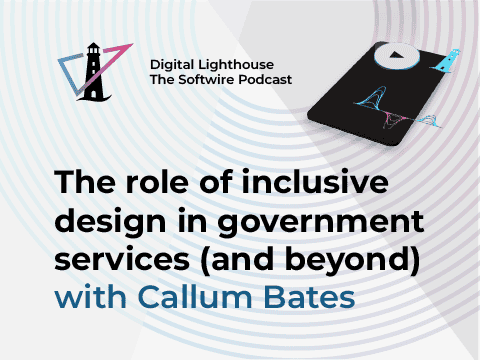
What is ‘good design’? It’s a simple-sounding question, but of course there’s a huge range of factors to consider if your product is to be deemed ‘well-designed’.
We thought it would be interesting to share four definitions of good design that we think are useful to think about. While this isn’t by any means an exhaustive list, it should help spark some ideas to feed into your own product or service development.
1. Good design means products that are intuitive or instinctive to use
Enabling people to use a product intuitively or instinctively is a core theme of ‘good design’. Well-designed products don’t require you to have to think about how you use them – though some will still require initial training.
Making a product intuitive to use can cover a range of areas and disciplines.
Firstly, there’s ergonomics. Is it clear how to hold and operate a physical device? Are controls where you’d expect/need them to be? Is it comfortable to use for the lengths of time it’s going to be used for? Does it make allowance for differences in people’s body shapes and strengths?
Second, there’s digital user experience design. Are the buttons where people expect them to be, and are the colours intuitive? Importantly, if your product is to be used internationally, do these design norms differ in certain markets, and therefore require tailoring for different regions?
Thirdly, there’s your choice of language and symbols. Is it clear and unambiguous? Have you tested it with a variety of users to ensure they’re interpreting it in the way you intend?
2. Good design means products or services that make our day-to-day lives easier
We all experience friction points in our daily activities. These could be anything from physical discomfort, to high cognitive load. Good design minimises or eliminates these issues.
For example, Oxo’s Locking Can Opener With Lid Catch improves the experience of opening a tin of food. Its wide, rounded grip reduces pressure on your hand when you squeeze it to puncture the tin lid. The clip then holds the blade in place, so you don’t have to tightly grip the can opener as you turn the blade. Once you’ve cut all the way round, the magnet catches the lid, meaning you don’t have to risk cutting your finger trying to lift it out.
3. Good design creates products that are inclusive, adaptable and empathetic
Different people will have different requirements when it comes to how they use a product or service. Good design will cater for a wide variety of needs, and won’t penalise people whose needs differ from the majority.
There are various standards, guidelines and best practices available in this regard, depending on the sort of product or service you’re creating. There are the 7 Principles of Universal Design, which cover products, environments and communications. For websites, there are the Web Content Accessibility Guidelines (WCAG). For UK buildings, the building regulations documents – specifically part M – cover accessibility.
At a high level, you want to ensure your design is accessible by as many people as possible. In the world of digital services, this will typically require you to offer people alternative means of completing a task, and ensuring these don’t place enormous added burden on the individual, nor make them feel stupid or like an outsider.
For example, when we designed the Simple Energy Advice service, we did it so that if people need help at any point when using the digital service, they can speak to someone in a contact centre, via a free-to-dial number. The system is designed so that the user can quote a simple reference, which enables the contact centre operator to see the information the person has provided so far.
We’ve some more guidance on how to create accessible digital products and services on our blog.

The Simple Energy Advice service provides free telephone assistance at any point in someone’s journey. The user can give the operator a straightforward reference to them to see the person’s answers so far.
4. Good design incorporates playfulness and joy when the opportunity arises
While the first consideration of any product design should be to help people accomplish their goal as quickly, easily and safely as possible, we love to see elements of playfulness in design. These little touches that make us smile can brighten our days, create memorable experiences that drive brand loyalty and advocacy, or encourage positive behaviour-change.
We love the way the TunnelBear VPN service has brightened up what’s normally one of the most mundane tasks associated with any digital service: logging in. The service’s mascot’s gaze follows your cursor as you type your login name, then covers its eyes when you move to the password field.
There are plenty of examples of playfulness in urban design as well. The piano staircase at Stockholm’s Odenplan station saw 66% more people than normal choose the stairs over the escalator. And who doesn’t love a creatively designed bench?

The TunnelBear VPN app’s mascot brightens up the login process, including by covering its eyes as you type your password.
What do you think?
We hope this article has given you some ideas you can incorporate into your own product and service design processes. And of course, there are lots of other aspects that determine whether something is well-designed – which do you consider are the most important? Let us know by commenting on our social media channels: LinkedIn | Facebook | Twitter


